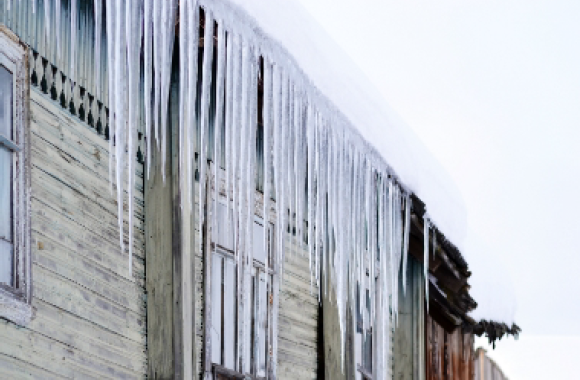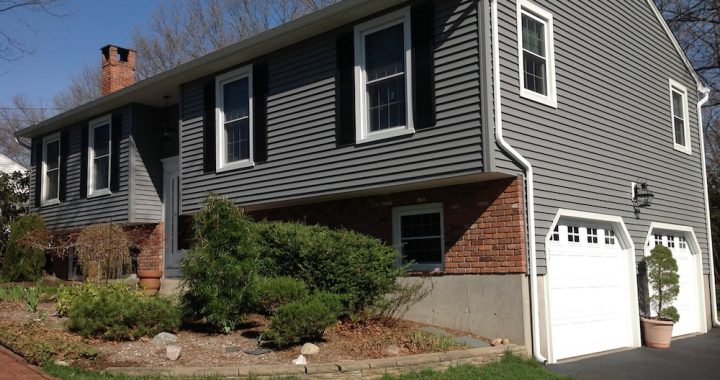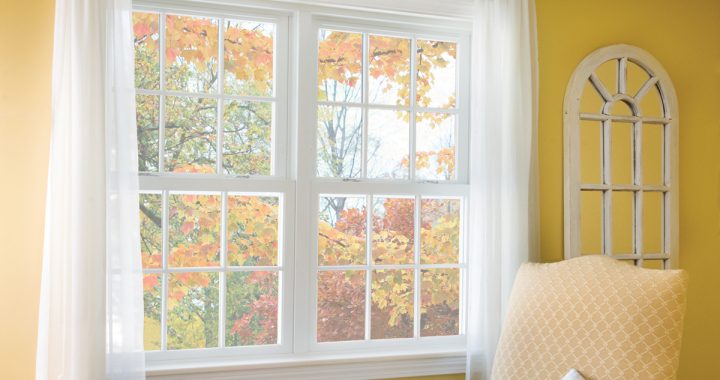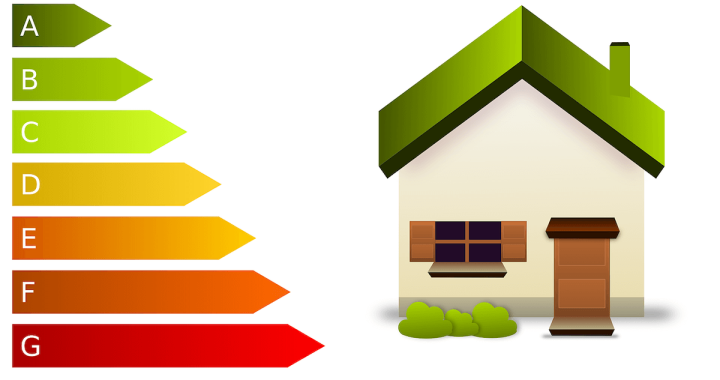How Do I Take Care Of Ice Dams?
 Ice dams can be a big problem for Connecticut homeowners!
Ice dams can be a big problem for Connecticut homeowners!
Ice dams form when melting snow runns off your roof and refreezes at the edge of your roof.
They can also occur when snow is melted by a warm roof, creating the opportunity for the melted snow to refreeze when it passes the exterior wall and hits a cold unheated roof edge or gutter.
As the bottom of the snow pack melts, water will continue to flow down the roof surface until it hits the ice, creating a larger ice dam.
When To Worry About Ice Dam Damage
If it persists!
If this situation persists, the ice can work its way back up the roof edge, get under shingles, melt and leak into the exterior wall, home or attic.
Signs of Ice Dam Damage
Loss of heat. You may not immediately notice any damage from ice dams; however, as the ice melts it could drip into your walls or attic and insulation can become wet and lose its ability to retain heat. If your heating bills rise unexpectedly.
Mold. Mold can begin to grow from the moisture caused by ice dam damage. Your paint will peel or blister weeks or months after the ice dam has melted as moisture from the leak in the wall or ceiling cavities tries to find a way out.
How Can I Remove Existing Ice Dams
Solution #1: Eliminate Sources Of Heat In Attic (Long Term)
The underside of the roof deck must be close to the temperature of the exterior side of the roof.
Ideally ventilation should be installed using a continuous soffit-and-ridge vent system with
baffles at the lower side of the roof. Provide at least a 2-inch space between insulation and
sheathing. By providing adequate ventilation as illustrated in this diagram, the temperature of
the attic will be lowered thereby lowering the underside roof deck temperature.
Solution #2: Keep Gutters Clean & Free Of Debris
Make sure to have your gutters cleaned completely before winter and also make sure your
downspouts are functioning properly. Melted snow cannot go anywhere if your gutters are
clogged.
Solution #3: Remove The Snow From Your Roof
WARNING: Never walk on a snow-covered roof without supervision/support. If you are using a ladder, be sure to follow the proper safety procedures. This can be dangerous – please be careful. you can risk damage to yourself and your roof if you are not cautious.
You would think this would be a “be all-end all” solution; however, it is not. Removing snow
from the roof will eliminate the main ingredient necessary for the formation of another ice dam.
Use a roof rake and push broom to remove the snow, carefully pulling it down the slope of the
roofline. Do not ever pull snow horizontally across the roof or you could risk breaking off
shingles and causing other costly damage. Following the snow removal, carefully chip away a
channel through the ice dam so the water will be able to flow through. It’s not necessary to
remove all of the ice in the gutters or the ice dam itself — if you remove the snow from the roof,
the ice will melt as the temperature rises.



